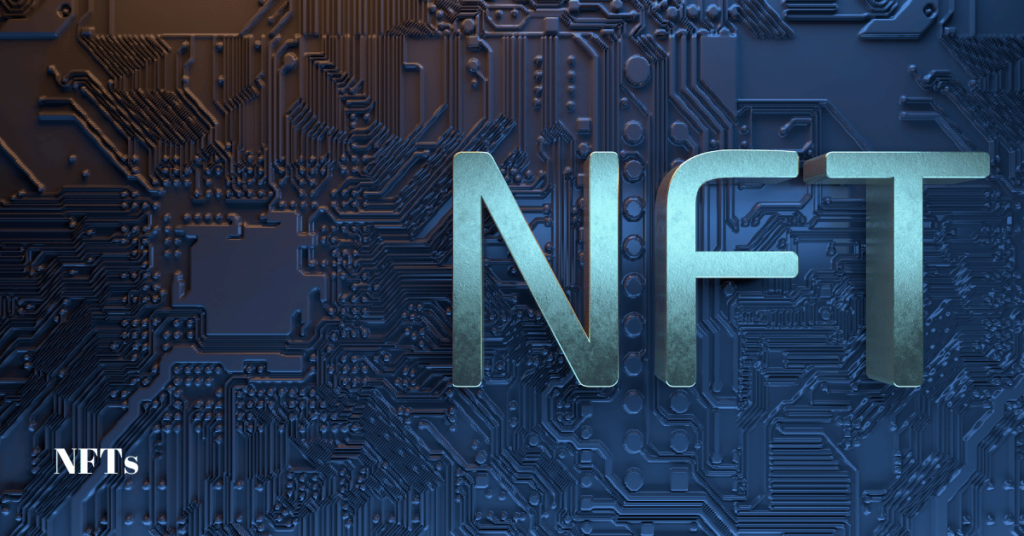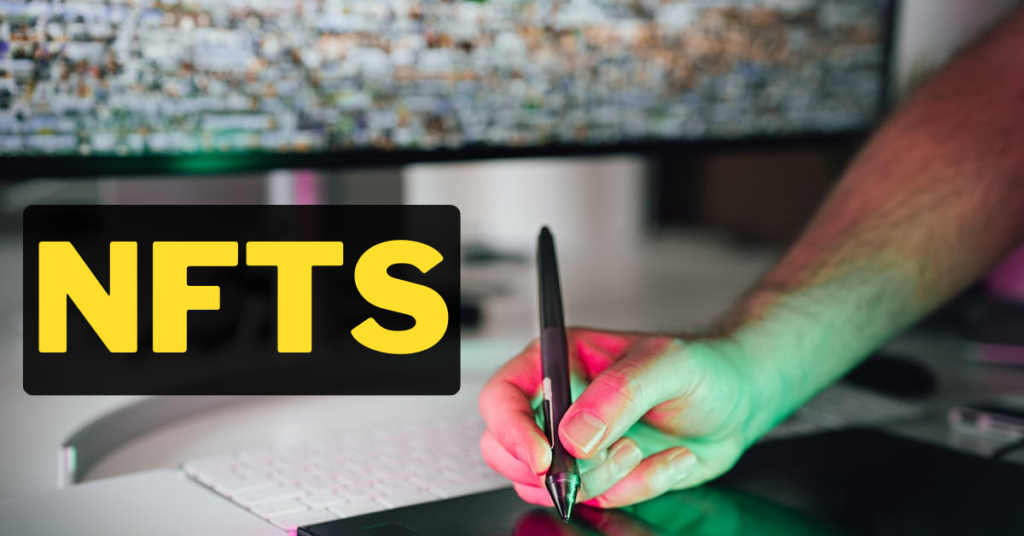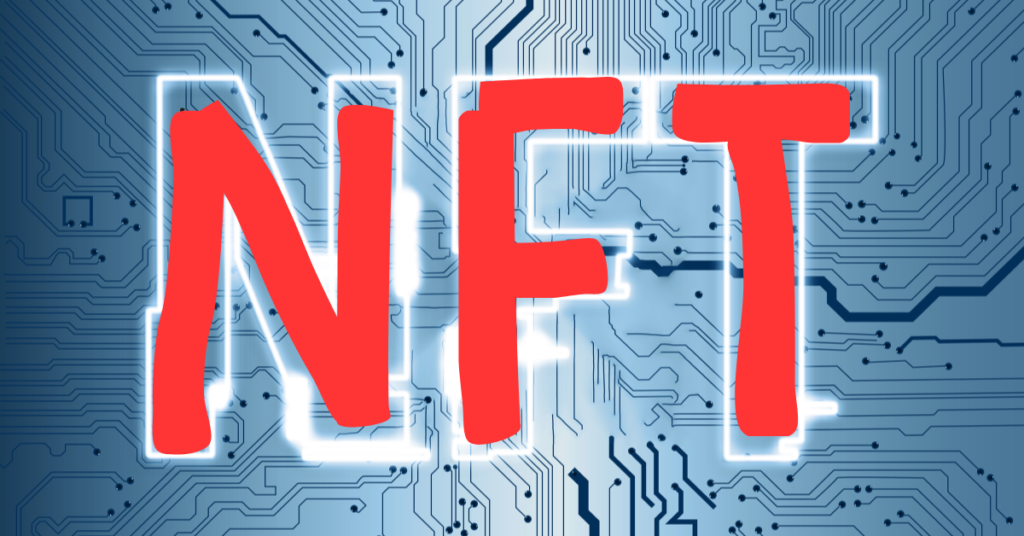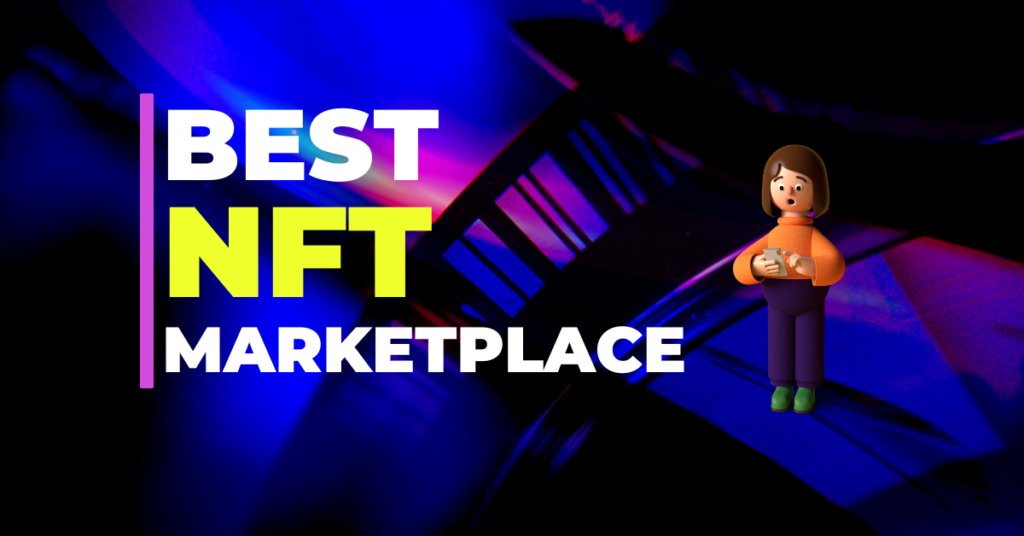The NFT (Non-Fungible Token) market has seen significant highs and lows over the past few years. From the meteoric rise in 2021 to the sharp crash in 2022, the landscape has been anything but stable.
As we approach 2024, the question remains: is the future of NFTs bright, or are we heading into darker times? This article explores the potential trends, challenges, and opportunities that will shape the NFT market in the coming years.
The Boom and Bust Cycle
The 2021 Surge
In 2021, the NFT market exploded, fueled by high-profile sales and widespread media attention. Collections like CryptoPunks and Bored Ape Yacht Club (BAYC) became household names, and digital artist Beeple made headlines when his NFT sold for $69 million at a Christie’s auction.
This period marked the mainstream adoption of NFTs, turning them into a cultural phenomenon.
The 2022 Crash
However, the market’s rapid growth led to its downfall in 2022. The oversaturation of projects, coupled with the collapse of major crypto platforms like FTX and BlockFi, caused a significant decline in NFT prices and trading volumes.
The crash was severe, with some collections losing over 75% of their value from their peak. Despite this downturn, the NFT community remained resilient, setting the stage for a potential recovery.
Signs of Recovery in 2023
Despite a challenging 2022, the final quarter of 2023 showed signs of recovery. Alternative blockchains like Polygon and Solana gained traction, offering new opportunities for NFT projects.
The market’s resilience, driven by community involvement and technological advancements, indicated a potential resurgence as we move into 2024.
Also read: How to Buy and Sell NFTs
Key Trends Shaping NFTs in 2024

Integration with Gaming and the Metaverse
The metaverse—a virtual reality space where users can interact, play, and trade—continues to drive demand for NFTs. Platforms like Decentraland and The Sandbox have created thriving virtual economies, with users buying and selling virtual land as NFTs. Additionally, the integration of NFTs into gaming is revolutionizing player engagement, offering true ownership of in-game assets and fostering dynamic gaming ecosystems.
Adoption by Traditional Brands
Traditional industries are beginning to explore NFTs as innovative revenue streams. Major fashion brands have launched NFT collections, and real estate companies are offering virtual property ownership through NFTs. This trend is expected to continue as businesses recognize the potential of NFTs to drive engagement and brand loyalty.
Focus on Utility and Accessibility
The initial hype around NFTs centered on digital art and collectibles, but the future of NFTs lies in their utility. Utility NFTs, which grant holders specific rights or access to services, are gaining popularity. Technological advancements like Layer 2 scaling solutions and interoperable blockchain networks are set to improve the efficiency and accessibility of the NFT market, paving the way for broader adoption.
NFTs Beyond Digital Art
While NFTs started as a way to own digital art, their applications have expanded far beyond this realm. NFTs are now being used to tokenize real-world assets, revolutionizing sectors like real estate, music, and entertainment.
Real-World Asset Tokenization
NFTs offer a groundbreaking way to represent physical assets on the blockchain. This includes everything from real estate and art to collectibles and memberships. By tokenizing these assets, NFTs make them more accessible and easier to trade online. For example, fractional ownership of real estate through NFTs could make property investment more affordable and liquid.
NFTs in Music and Entertainment
The music and entertainment industries are also benefiting from NFTs. Artists can now sell music, albums, and concert tickets as NFTs, bypassing traditional intermediaries and connecting directly with their fans. This new revenue model is particularly appealing in an industry where artists often struggle to retain control over their work.
NFTs for Identity and Credentials
NFTs are also being used to establish digital identities and credentials. Blockchain technology ensures that these digital assets are secure, transparent, and immutable, making them ideal for use in identity verification and other applications requiring trust.
Also read: Pros and Cons of Investing in NFTs
Challenges and Opportunities for NFTs

Addressing Scams and Regulatory Concerns
One of the biggest challenges facing the NFT market is the prevalence of scams and fraudulent activities, such as wash trading. Regulatory bodies are increasingly scrutinizing the NFT market, and stricter regulations are likely on the horizon. However, these regulations could also provide much-needed stability and legitimacy to the industry.
Environmental Concerns
The environmental impact of NFTs, particularly those based on energy-intensive blockchains, is a significant concern. As consumers become more environmentally conscious, the NFT market must address these issues to achieve broader adoption. Innovations in sustainable blockchain solutions will be crucial in mitigating the environmental impact of NFTs.
Mainstream Adoption
Achieving mainstream adoption of NFTs requires overcoming several hurdles, including educating the public about their benefits and addressing concerns around copyright and ownership rights. Collaborative efforts to curate high-quality NFT content and comprehensive educational initiatives will be essential in driving mainstream adoption.
Also read: How to Store NFTs Securely
Conclusion: A Promising Future?
As we look toward 2024 and beyond, the future of NFTs appears to be a mix of challenges and opportunities. The market is likely to continue evolving, with a shift towards utility-driven NFTs and broader applications beyond digital art.
However, the success of NFTs will depend on addressing key challenges like regulatory compliance, environmental concerns, and market integrity. If these issues can be managed effectively, NFTs have the potential to revolutionize the digital economy and create new forms of digital ownership and engagement.
Whether the future of NFTs is bright or dark will largely depend on how these challenges are met and how the market adapts to the changing landscape.
So that’s it about this article. If you have any further questions, feel free to comment down below or contact finzerr.
Finzerr is always here to help you!



